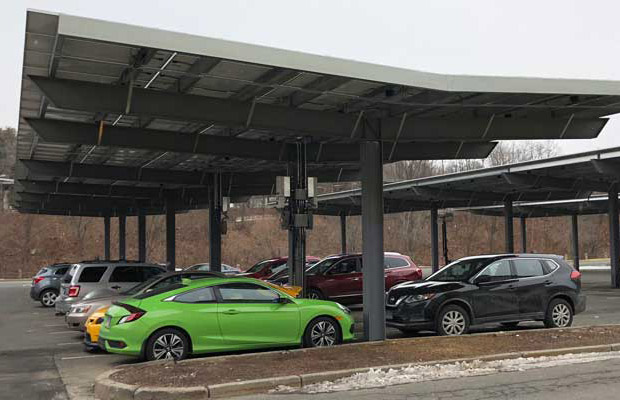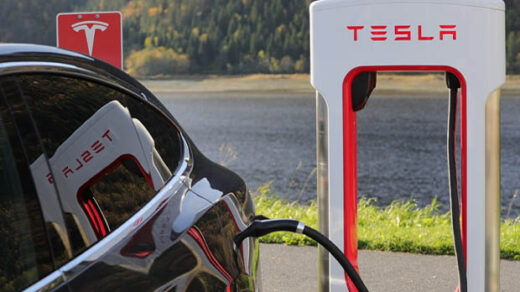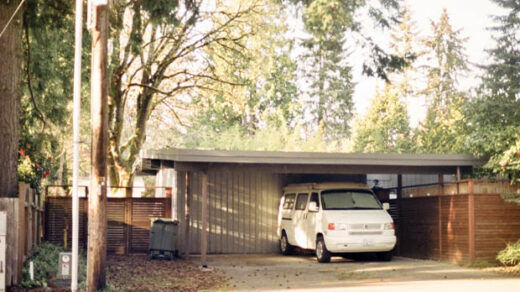Carport parking is a car parking arrangement where a carport is installed over a car parking spot around an existing building or as a standalone structure. If you are wondering whether to install a carport, you’ve come to the right place.
Using a carport protects vehicles such as cars or motorbikes from all elements including rain and sun. Many people might not understand how important it is to keep your car in the shade. Prolonged exposure to the sun’s UV rays can fade your car’s paint, which could result in extra expenses if you need to repaint it.
Learn more about carport parking by continuing to read.
Table of Contents
What Are Carports?
Carports are steel structures with a roof supported by metal posts with or without covered sides usually used for parking cars, RVs, and trucks.
While some conventional carports are free-standing, most are attached to a house.
Benefits of Carport Parking
Carports are a more energy-efficient option for storing items because, even with automated retractable roofs or blinds built in, they still use less energy than a building that requires electricity and artificial lighting or a garage with an electric door.

These are some of the benefits of carport parking:
- Carport are a cost-effective alternative to a garage. The driver can construct a carport if he cannot afford to build a garage. It costs less than half as much. Also available are fabric-made portable carports. They are very practical and simple to install.
- With a carport protecting the vehicle, the driver will no longer have to worry about debris from nearby trees, extreme weather, or migrating birds making a mess of car. It will still be dry and spotless, shielded from the elements and other irritants and sources of mud.
- A carport can be fitted with surveillance cameras. It would be a really wise investment to keep the vehicle under surveillance given the variety of surveillance equipment available. Notifying the insurer of additional safety measures installed will also reduce insurance costs.
Carport Vs. Garage
Carports can be wrongly used interchangeably with garages. Despite the fact that both structures are primarily used to protect vehicles, they both have unique structural characteristics, varying costs, and protective features. The major differences between carports and garages are discussed below:
Structure
A carport is a covered building that is supported by metal posts on at least four points, though this number can increase depending on the size of the structure. You can park a car, truck, or recreational vehicle in these structures, which may or may not have a covered side. Compared to conventional garages, carports make more efficient use of materials.
Garages, in contrast, feature an enclosed construction design. A typical roof structure covers them, and they are typically walled on all four sides.
Protection
Carports provide only a minimal amount of protection from the sun, rain, and snow. The most typical types of metal carports are metallic and modular; the newer styles compromise rigidity. Additionally, the absence of one or two walls puts vehicles in danger during rare severe weather events like thunderstorms and heavy snowfalls.
The best level of protection is offered by garages. Owners of elaborately sheltered vehicles can be sure that they will be better protected in severe weather. Additionally, walls deter theft and vandalism from harming vehicles and other property.
Affordability
It is possible to build garages to hold a variety of car counts, but doing so comes at a significantly higher cost. Forbes estimates that building a two-car garage on a property can cost over $20,000. Carport prices are significantly lower than garage prices in comparison. Carports are shipped to the client in prefabricated construction kits, where they will be assembled.
Related Post: A Garage Vs. A Carport
Different Parking Kits Available With Steel and Stud
On-street parking and off-street parking are the two primary types of parking. Because there isn’t a parking space on your property, you must park on the street. The parking kits from Steel and Stud, in contrast, are used for off-street parking. Steel and Stud offers several off-street parking kit options for purchase.
- Breezeways: These are built between two structures
- Carports: Our carport kits are roof additions to a house building that is used as a parking structure.
- Detached Garages: They can usually hold multiple vehicles and come in a variety of sizes and shapes.
- Indoor Parking: In this case, the parking area is completely enclosed, which also applies to our barndominiums.
Conclusion on What is Carport Parking
Carport parking is an excellent addition to any property.
The main goal of this parking arrangement is to protect cars from the elements, such as hail, rain, and sunlight.
While protecting vehicles is their main function, they can also increase a property’s value and provide useful spaces around a building.
FAQs
What Are the Three Types of Parking?
For most motorised vehicles, there are three commonly used arrangements of parking spaces—parallel parking, perpendicular parking, and angle parking.
What is Off-street Parking?
Off-street parking refers to available parking spaces for vehicles within an enclosed parking lot or garage.
What is Driveway Parking?
A driveway is a brief, enclosed passageway in front of a home or garage.



